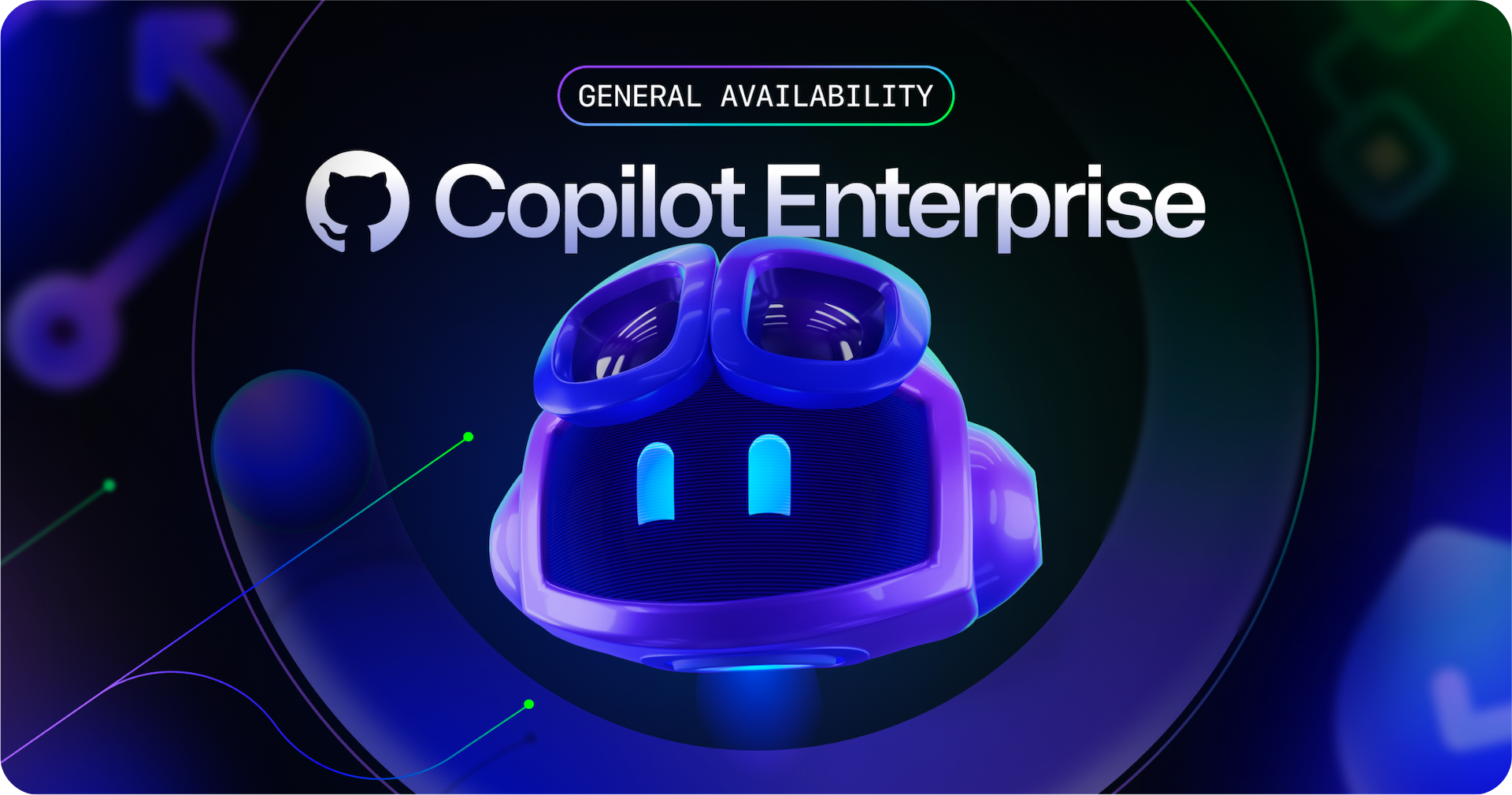
GitHub Copilot is a revolutionary AI-powered code completion tool that helps developers write code faster and more efficiently. By leveraging OpenAI’s Codex model, it provides intelligent suggestions for code snippets, functions, and even entire classes. This guide will focus on practical uses of GitHub Copilot for mobile app development, highlighting how it can streamline coding processes across various programming languages commonly used in mobile development.
Introduction to GitHub Copilot
GitHub Copilot is an AI assistant integrated into popular code editors like Visual Studio Code, Neovim, and JetBrains IDEs. It analyzes the context of the current file and suggests relevant code completions, allowing developers to write code more efficiently.
Setting Up GitHub Copilot
- Install the Extension: Search for "GitHub Copilot" in your code editor’s marketplace and install the extension.
- Sign in to GitHub: Authenticate with your GitHub account.
- Enable Copilot: Ensure Copilot is enabled in your editor settings.
Key Features for Mobile App Development
1. Code Suggestions and Completions
GitHub Copilot can suggest entire lines or blocks of code based on the context. For mobile app developers, this means faster development cycles and fewer syntax errors.
Example: Creating a User Interface in Swift for iOS
Start by defining a basic view controller:
import UIKit
class ViewController: UIViewController {
override func viewDidLoad() {
super.viewDidLoad()
// Setup UI elements
Copilot might suggest:
view.backgroundColor = .white
let label = UILabel()
label.text = "Hello, Copilot!"
label.textAlignment = .center
label.frame = CGRect(x: 0, y: 0, width: 200, height: 50)
label.center = view.center
view.addSubview(label)
}
}
2. API Integration
Copilot can help integrate APIs by providing boilerplate code and handling common tasks such as network requests.
Example: Fetching Data from an API in Kotlin for Android
Start with a function to fetch data:
import okhttp3.*
val client = OkHttpClient()
fun fetchData(url: String) {
Copilot might suggest:
val request = Request.Builder()
.url(url)
.build()
client.newCall(request).enqueue(object : Callback {
override fun onFailure(call: Call, e: IOException) {
e.printStackTrace()
}
override fun onResponse(call: Call, response: Response) {
if (response.isSuccessful) {
val responseData = response.body?.string()
println(responseData)
}
}
})
}
3. State Management and UI Binding
Managing state and UI binding is crucial in mobile apps. Copilot can assist in writing efficient state management code.
Example: Using LiveData in Kotlin for Android
Define a ViewModel class:
import androidx.lifecycle.LiveData
import androidx.lifecycle.MutableLiveData
import androidx.lifecycle.ViewModel
class MainViewModel : ViewModel() {
private val _text = MutableLiveData<String>()
val text: LiveData<String> = _text
fun updateText(newText: String) {
_text.value = newText
}
}
4. Handling Asynchronous Operations
Mobile apps often require handling asynchronous tasks. Copilot can generate code for tasks such as fetching data in the background or updating the UI after a delay.
Example: Performing a Background Task in Swift
Define a function to perform a background task:
func performBackgroundTask() {
DispatchQueue.global(qos: .background).async {
// Background work
Copilot might suggest:
let result = heavyComputation()
DispatchQueue.main.async {
// Update UI
self.updateUI(with: result)
}
}
}
func heavyComputation() -> String {
// Simulate a heavy computation
sleep(2)
return "Computation Result"
}
func updateUI(with result: String) {
print(result)
}
5. Error Handling and Debugging
Proper error handling is essential in mobile apps. Copilot can help generate robust error handling code.
Example: Error Handling in Java for Android
Define a method to handle errors:
public void fetchData() {
try {
// Code that might throw an exception
Copilot might suggest:
String data = getDataFromServer();
} catch (IOException e) {
e.printStackTrace();
showErrorToUser("Network error occurred");
} catch (JSONException e) {
e.printStackTrace();
showErrorToUser("Data parsing error occurred");
}
}
private String getDataFromServer() throws IOException {
// Simulated network call
return "{ 'key': 'value' }";
}
private void showErrorToUser(String message) {
System.out.println(message);
}
Best Practices for Using GitHub Copilot
Review and Refine
Always review the code suggestions provided by Copilot. Ensure that the generated code meets your project’s requirements and coding standards.
Combine with Unit Testing
Use unit tests to verify the correctness of the code generated by Copilot. This helps in maintaining the quality and reliability of your application.
Security Considerations
Be mindful of security vulnerabilities. Always validate and sanitize inputs, especially when dealing with user data or external APIs.
Conclusion
GitHub Copilot is a powerful tool that can significantly enhance productivity in mobile app development. By leveraging its capabilities and following best practices, developers can write efficient and reliable code faster. This guide has provided practical examples and insights to help mobile app developers get the most out of GitHub Copilot.
Additional Resources
By integrating GitHub Copilot into your development workflow, you can streamline coding processes, reduce errors, and accelerate the development of high-quality mobile applications.









